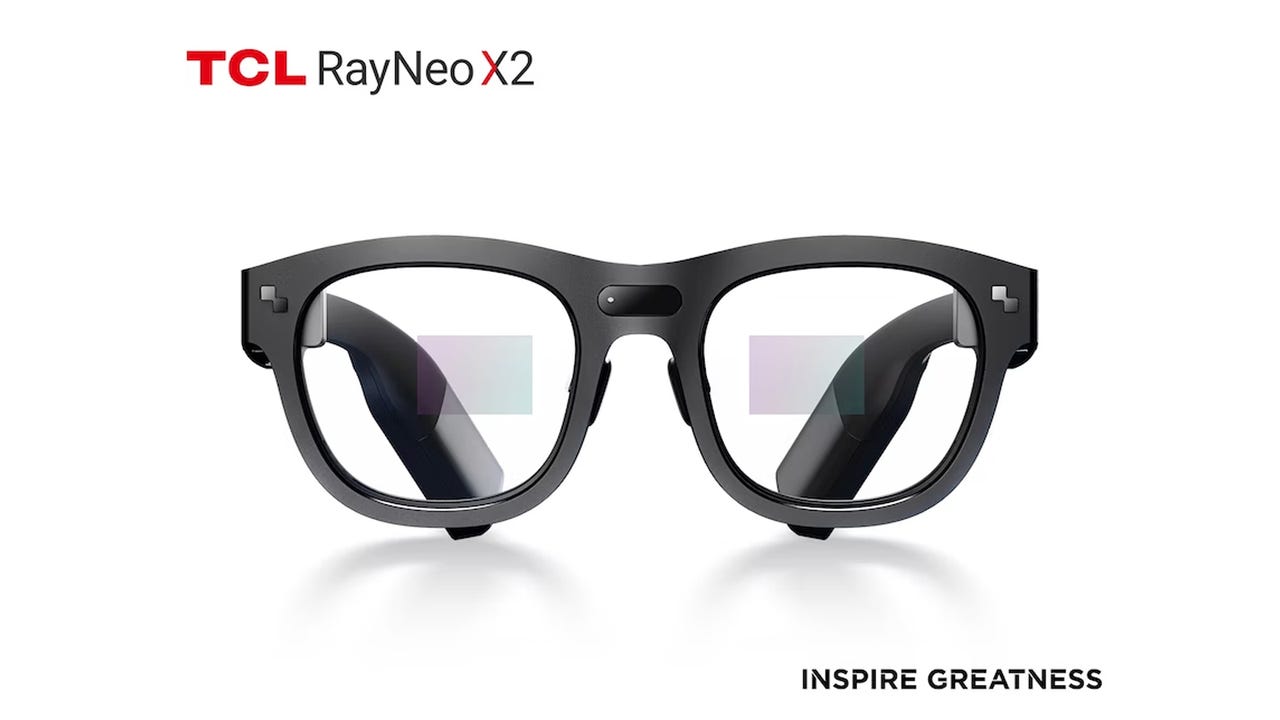'ZDNET Recommends': What exactly does it mean?
ZDNET's recommendations are based on many hours of testing, research, and comparison shopping. We gather data from the best available sources, including vendor and retailer listings as well as other relevant and independent reviews sites. And we pore over customer reviews to find out what matters to real people who already own and use the products and services we’re assessing.
When you click through from our site to a retailer and buy a product or service, we may earn affiliate commissions. This helps support our work, but does not affect what we cover or how, and it does not affect the price you pay. Neither ZDNET nor the author are compensated for these independent reviews. Indeed, we follow strict guidelines that ensure our editorial content is never influenced by advertisers.
ZDNET's editorial team writes on behalf of you, our reader. Our goal is to deliver the most accurate information and the most knowledgeable advice possible in order to help you make smarter buying decisions on tech gear and a wide array of products and services. Our editors thoroughly review and fact-check every article to ensure that our content meets the highest standards. If we have made an error or published misleading information, we will correct or clarify the article. If you see inaccuracies in our content, please report the mistake via this form.
TCL makes a surprising full-court press into the AR/VR space at CES 2023


The RayNeo X2 is sort of like a Google Glass for both eyes.
Chances are if you're familiar with TCL, and living in the US, it's because you've seen their budget-friendly TVs and other consumer electronics. Those in Europe and Asia might also know the company for its smartphones and other mobile devices. That's why it might come as a bit of a surprise that a firm associated with such mainstream categories debuted one of the most ambitious parcels of VR and AR tech we've seen at this year's CES event.
Also: CES 2023 tech you can actually buy now
You might even be able to mistake the NXTWEAR S glasses for a regular pair of shades...if you squint.
Of the trio of new offerings that TCL showed off at the show, the NXTWear S glasses are the most mundane. They don't really qualify as an augmented or virtual reality device, but they do offer the wearers a head-mounted display capable of displaying a virtual screen with an apparent size of 130 inches.
Also: What tech is in the CES 2023 bag of ZDNET's Editor in Chief?
They're similar to offerings already on the market like the Nreal Air AR glasses. While the Nreal Air glasses do offer some basic AR functionality, they've mostly made a niche for themselves among mobile device owners, especially fans of portable consoles like Valve's Steam Deck, being used to turn a small-screen gaming experience into a very big-screen one.
Now if your friend hits you with a blue shell just before the finish line you can throw your controller AND your glasses across the room.
Like similar offerings, the NXTWear S glasses can connect to your smartphone, tablet, or laptop and serve as what is essentially a big-screen TV that fits on your face. TCL showed the glasses being used with Nintendo's Switch in the press shot above, though its not entirely clear how multi-unit support will be handled in cases like this.
The NXTWear S glasses are available now via an IndieGoGo campaign for $350 and up, depending on the funding tier you choose.
Unlike the first offering, the RayNeo X2 glasses include considerably more onboard processing and sensors to provide advanced AR functionality.
The NXTWear S glasses are just about to ship, but the remaining two products shown off aren't ready for primetime just yet. The first of these is the RayNeoX2 AR glasses. The augmented reality specs are based on Qualcomm's Snapdragon XR2 (Extended Reality 2) core, a chipset designed to be able to bring advanced technologies like 5G connectivity and 8K video to AR and VR devices. The glasses employ this processing power to provide video output via a Micro LED optical waveguide that suspends the device's video in the user's field of view. TCL suggests the glasses can be used for things like live text translation, navigation services, and more.
Also: How these companies see VR as the future of business
The company notes the built-in displays are capable of outputting up to 1,000 nits of brightness to keep their imagery visible even in bright sunlight.
It was much more vague about its specific plans for the RayNeoX2s, offering no price and saying only that they would be available at a later date.
While TCL didn't confirm much of anything about internal components, the thin and light headset is almost certainly using pancake optics to achieve its diminutive thickness.
The final entry in TCL's surprise lineup is the most conceptual: the NXTWear V headset. This still-mysterious device looks set to be a direct competitor for the likes of the Meta Quest Pro, coming in at just 236 grams while offering 1512ppi of pixel density for a display that should leave the dreaded "screen door effect" seen on older VR headsets well behind it. It also includes a 108-degree field of view for solid immersion.
TCL mentioned no plans to offer the NXTWear V headset commercially. However, if the company's early dabbling in AR and VR proves successful, it's highly likely its technology will soon make its way to the public, even if it is in a slightly different package.